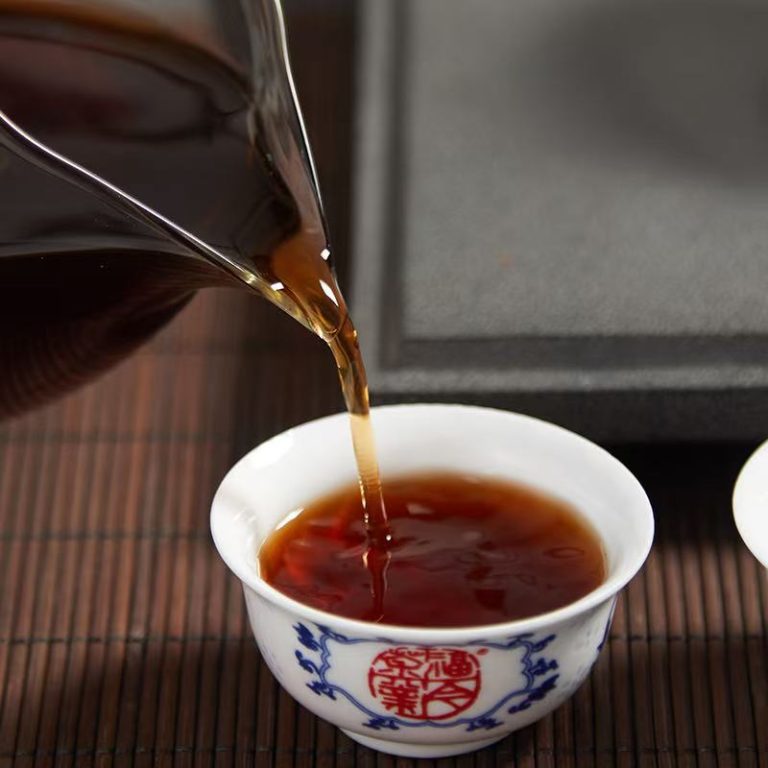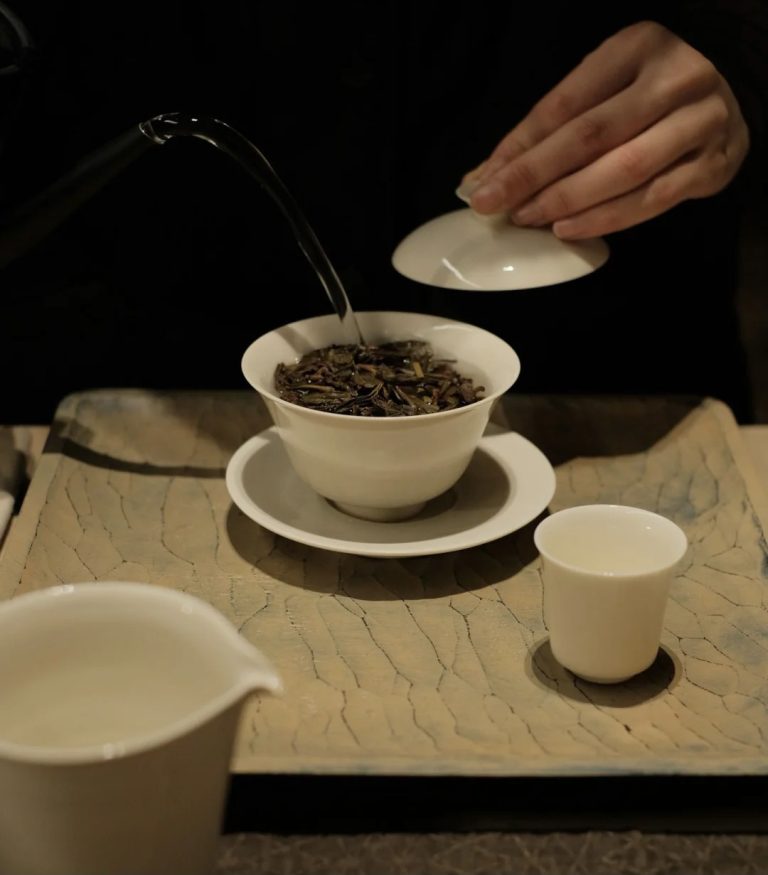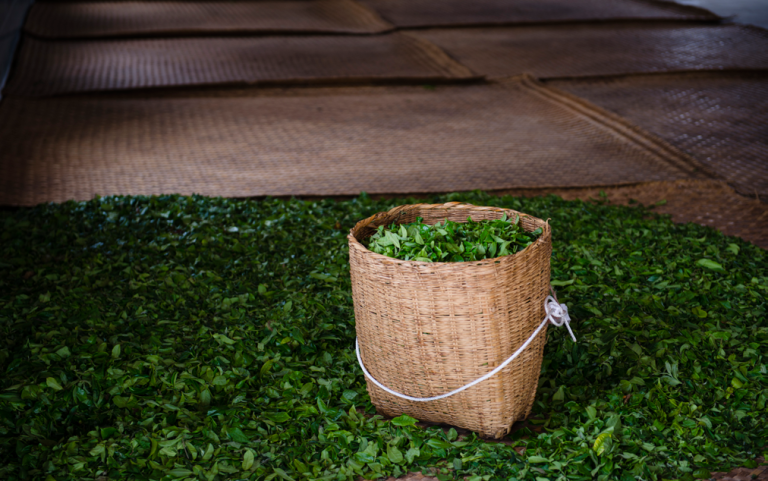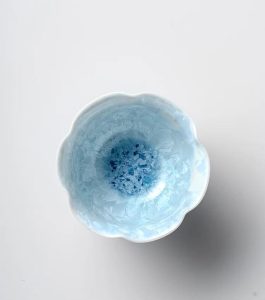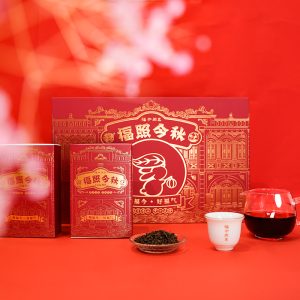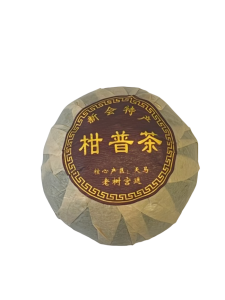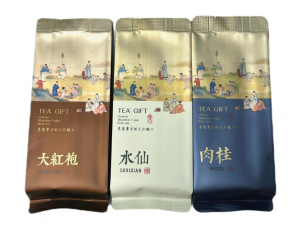
Pu Erh Tea, a unique and cherished beverage from Yunnan, China, is renowned for its distinct flavor profile and health benefits. The season in which the leaves are harvested is a critical factor that influences the quality of Pu Erh Tea. This article delves into how different seasons affect the characteristics and quality of Pu Erh Tea.
The Seasons of Harvesting
Pu erh tea leaves are harvested primarily during three distinct seasons: spring, summer, and autumn. Each season contributes to the tea’s unique qualities, shaping its taste and aroma.
Spring Harvest (Chun Cha)
Spring is the most celebrated season for pu erh tea harvesting. We pick the leaves from February to May, a period when the tea is said to accumulate rich nutrients during its winter dormancy. Known for its refreshing aroma and smooth taste, the spring harvest, or Chun Jian, stands out.
The Influence of Spring on Pu Erh Tea
Spring-harvested pu erh tea is prized for its invigorating qualities. The leaves are plump and full of flavor, offering a gentle and refreshing taste with a lasting aroma. This season’s tea is considered the cream of the crop.
Summer Harvest
Summer brings a different set of conditions for Pu erh tea. With higher temperatures and faster growth, we harvest summer tea, or Xia Tian, which produces a more robust and sometimes bitter taste compared to the spring harvest.
Autumn Harvest (Qiu Cha)
Post-monsoon, Pu erh tea sees another harvesting period in autumn. We harvest Gu Hua after the rainy season ends in September. While it may not be as smooth as spring tea, autumn Pu Erh offers a fresh flavor and sweet aftertaste, making it a delightful and soothing choice.
The Role of Climate in Tea Quality
Climate plays a significant role in determining the quality of pu erh tea. We find that spring’s cooler temperatures and slower growth rate lead to a tea rich in nutrients, resulting in a more delicate and aromatic Pu Erh. In contrast, summer’s rapid growth can lead to a less complex flavor profile.
Dry Season vs. Rainy Season
Pu erh tea can be categorized based on the dry and rainy seasons. Dry season Pu Erh, harvested during spring, is often more sought after due to its concentration of flavors and nutrients. Rainy season Pu Erh, harvested from late spring to early autumn, may have a less concentrated flavor due to the increased growth rate and water content.
Crafting Techniques and Seasonal Impact
The crafting techniques for pu erh tea also vary with the seasons. For instance, we use spring tea for Raw Pu Erh production, particularly the second flush, which is known for its full-bodied leaves, rich aroma, and thick, mellow brew.
The season of harvesting significantly impacts the quality of pu erh tea. We value spring-harvested Pu Erh for its high-quality attributes, while summer and autumn harvests offer their unique flavors and characteristics. Understanding these seasonal influences helps tea enthusiasts appreciate the nuances of pu erh tea and make informed choices when selecting their preferred brew.

